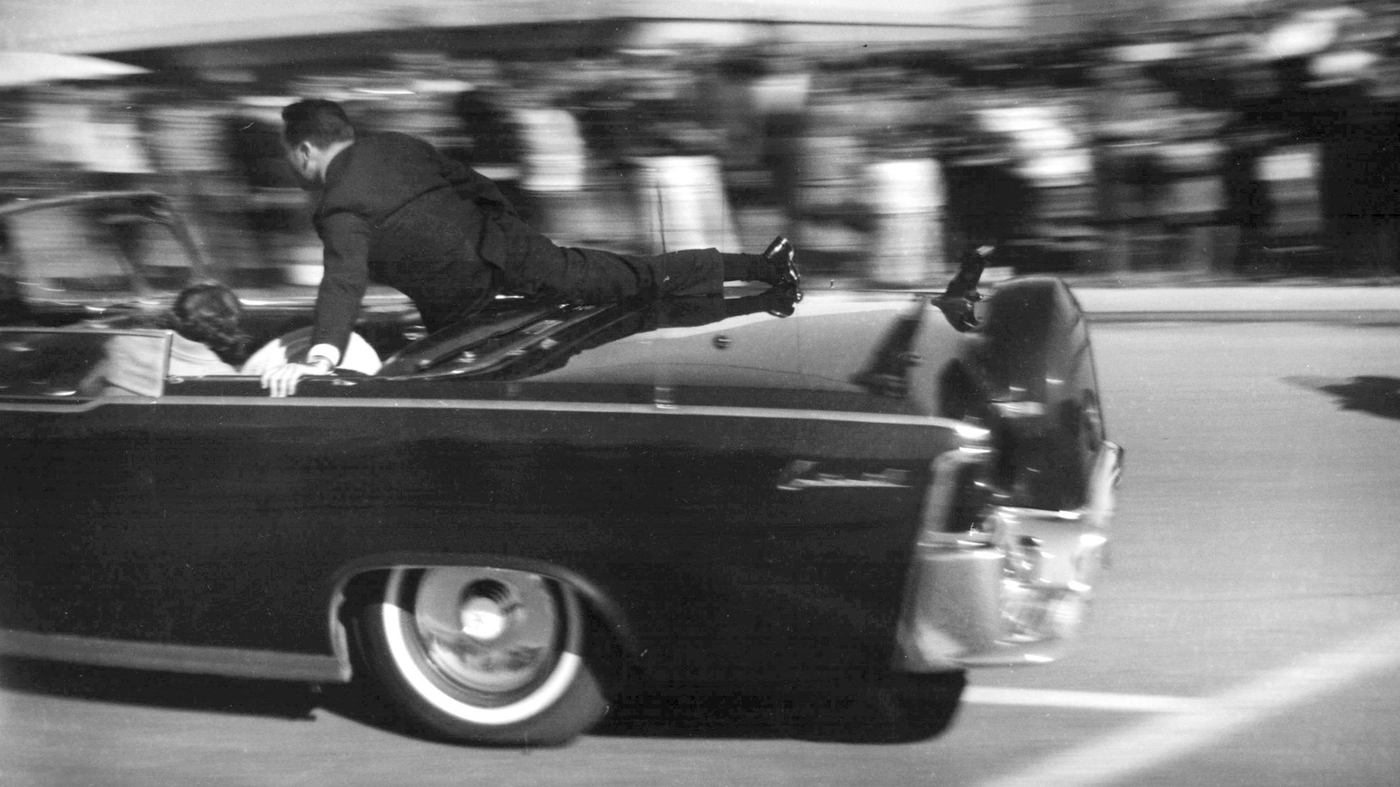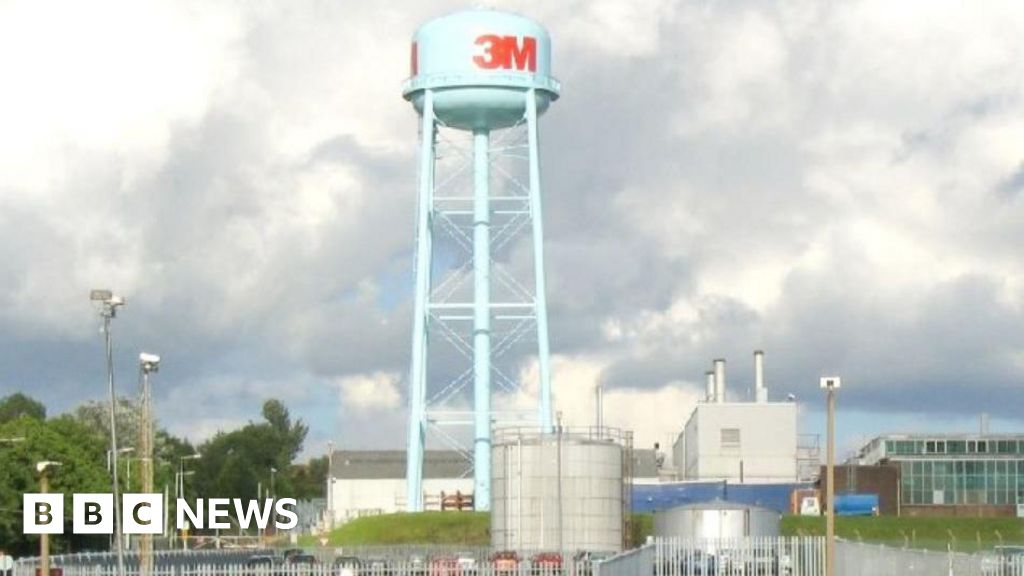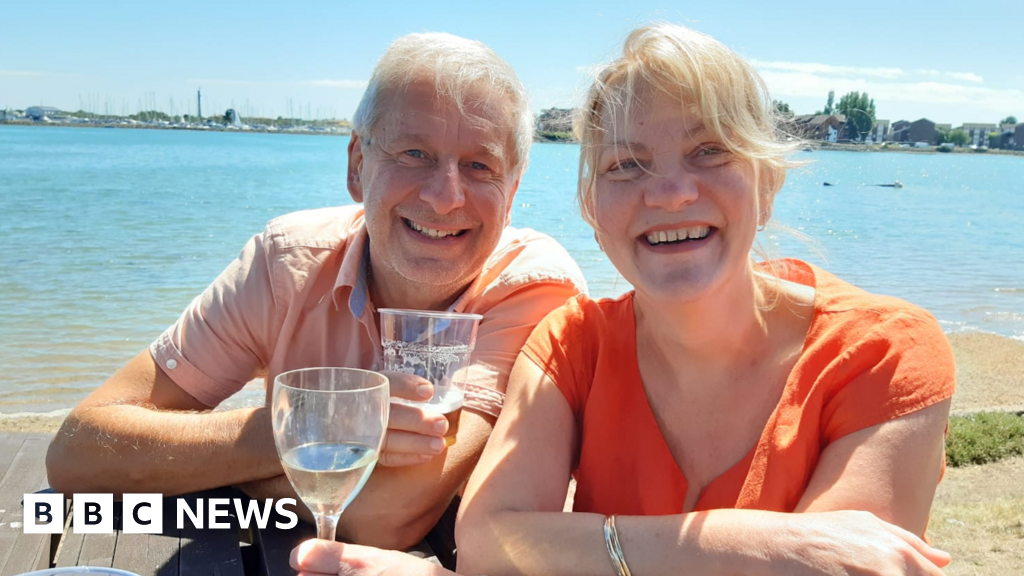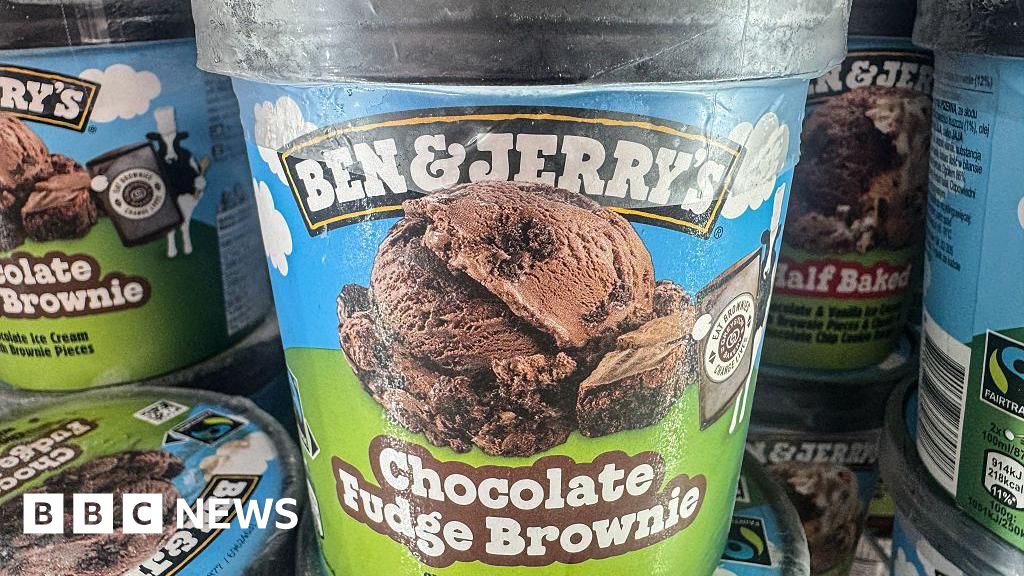
60 years after JFK’s assassination, the agent who tried to save him opens up : NPR
- Politics
- November 23, 2023
- No Comment
- 134

Secret Service agent Clint Hill rides on the back of the presidential limousine moments after President John F. Kennedy was shot on Nov. 22, 1963.
Justin Newman/AP
hide caption
toggle caption
Justin Newman/AP

Secret Service agent Clint Hill rides on the back of the presidential limousine moments after President John F. Kennedy was shot on Nov. 22, 1963.
Justin Newman/AP
A number of memorable images came from those tragic few days after President John F. Kennedy was assassinated in Dallas in 1963: Lyndon B. Johnson being sworn in as the successor president on Air Force One, 3-year-old John F. Kennedy Jr. saluting his father’s casket in Washington, D.C.
Yet one image, taken directly after Kennedy was shot, captured the attention of news outlets all over the United States. It showed a Secret Service agent jumping onto the back of the presidential limousine to shield the president and first lady.
Wednesday, Nov. 22, marks the 60th anniversary of the assassination. And that Secret Service agent, Clint Hill, today 91, is coming to terms with being the man who tried to save the president.
“Before Dallas, I was known as just Clint Hill,” Hill told Radio Diaries. “After that, I’ve been known as the man who climbed onto the president’s car. That six-second period in Dallas, it’s not an easy thing to live with.”

Hill in the White House in February 1963.
Robert Knudsen/White House Photographs. John F. Kennedy Presidential Library and Museum, Boston
hide caption
toggle caption
Robert Knudsen/White House Photographs. John F. Kennedy Presidential Library and Museum, Boston
Hill was assigned to first lady Jacqueline Kennedy in 1960 — an assignment that he quickly realized was much more personable than previous ones.
“Eisenhower, when he would refer to us agents, that was just, ‘Hey, agent!'” Hill recalled. “With Kennedy, he knew your first name. He knew if you were married. He knew if you had children. And he would stop, and he would talk to you. And so, we had the utmost respect for him.”

The day of the assassination, Kennedy was in Dallas as part of a campaigning trip for the upcoming 1964 election. The president and first lady were met with big crowds at Dallas Love Field, where Air Force One landed. The number of onlookers only grew as the motorcade traveled through Dallas.
“By the time we got to Main [Street], the crowd was so large they could not be contained on the sidewalks,” Hill recalled. “People were hanging out of windows. They were on top of buildings. They were on fire escapes. Any place they could be to see the president and first lady.”

President John F. Kennedy and first lady Jacqueline Kennedy arrive at Dallas Love Field on Nov. 22, 1963.
Cecil Stoughton/White House Photographs. John F. Kennedy Presidential Library and Museum, Boston
hide caption
toggle caption
Cecil Stoughton/White House Photographs. John F. Kennedy Presidential Library and Museum, Boston
Hill had been positioned on the running board of the follow-up car, just behind the presidential limousine. As the motorcade progressed through Dealey Plaza, however, excitement turned to horror as Hill heard a loud noise over his right shoulder.
“I didn’t think at first it was a gunshot,” Hill recalled. “I thought it was a firecracker or something. But when I saw the president’s reaction, I knew that was not normal. I mean, he threw his hands to his throat and started to fall to his left.”
Hill immediately ran from the follow-up car and onto the back of the presidential limousine. As he climbed on board, there was another shot, striking the president in the head. After this shot, the first lady climbed onto the trunk to meet Hill, who guided her back into the vehicle. Hill used his body as a shield as the presidential limousine sped toward the hospital.

“I thought, ‘This wound is not survivable,'” Hill recalled. “I didn’t think he had a chance.”
In the aftermath, Hill was riddled with guilt. In his book Five Days in November, he recalls accompanying Jacqueline Kennedy, who was still wearing her bloodstained suit, to Johnson’s swearing-in aboard Air Force One.
“As I look at her face, streaked with tears, her eyes so hollow and lifeless, a wave of guilt and shame washes over me,” Hill recalls in the book. “How did I let this happen to her?”

The state funeral of President John F. Kennedy on Nov. 25, 1963.
Abbie Rowe/White House Photographs. John F. Kennedy Presidential Library and Museum, Boston
hide caption
toggle caption
Abbie Rowe/White House Photographs. John F. Kennedy Presidential Library and Museum, Boston
The feeling didn’t pass in the coming years. Hill finished his stint with Jacqueline Kennedy in 1964 and went on to serve three more presidents afterward, but he still struggled with guilt after the assassination.
“We received no counseling at all,” Hill said of the Secret Service. “There was no PTSD in those days.”
By 1975, Hill had developed ongoing health issues related to his emotional state after the assassination. He failed his annual physical examination and was told that the Secret Service would have to retire him. Hill was 43 years old.
“It was all aftermath of the Kennedy assassination,” Hill recalled. “I then went into an extreme depressed state at my home in Virginia. I lived on two packs of cigarettes a day and a bottle of scotch. That’s how I slept.”
The same year, Hill appeared on an episode of 60 Minutes in which Mike Wallace interviewed him on his thoughts, 12 years after the assassination. Hill hadn’t spoken publicly on the incident since he was interviewed for the Warren Commission report in 1964. Wallace praised Hill as a hero who saved Jacqueline Kennedy’s life, but Hill still believed he could’ve gotten there faster.
“Had I turned in a different direction, I’d have made it,” Hill said in the interview. “It’s my fault.”

Hill poses for a photo on Dec. 3, 1963. On his lapel he wears a special pin that was presented to him for bravery in trying to protect the president and first lady during the assassination in Dallas.
Robert H. Shutz/AP
hide caption
toggle caption
Robert H. Shutz/AP
Hill still grapples with whether he feels comfortable being called a hero today.
“Over the years, a lot of agents have said they’re agents now because they saw what I did in 1963,” Hill said. “But I don’t take any comfort in being considered a hero.”
However, Hill has felt more comfortable opening up about his experience the day of the assassination and his well-being afterward. With his wife, Lisa McCubbin Hill, he has written four books about his days as a Secret Service agent, including a 60th-anniversary edition of his book Five Days in November, released this month.

“People who have trouble with PTSD, which is what I have, the best thing they can do is find someone they trust and talk to them about what it is that’s bothering them,” Hill said. “The more they talk about it, the better they’re going to feel.”
This story was produced by Mycah Hazel and the team at Radio Diaries. You can hear more stories from Radio Diaries on the Radio Diaries podcast.
#years #JFKs #assassination #agent #save #opens #Newsportu









